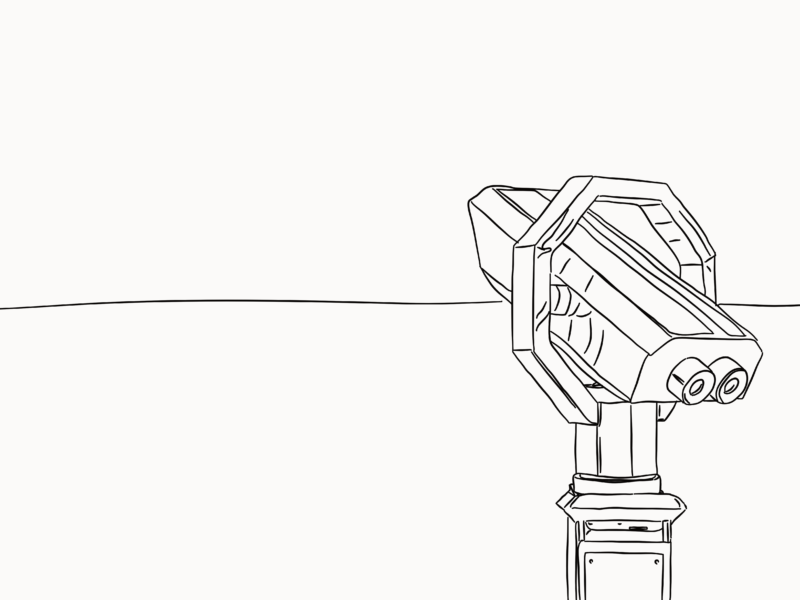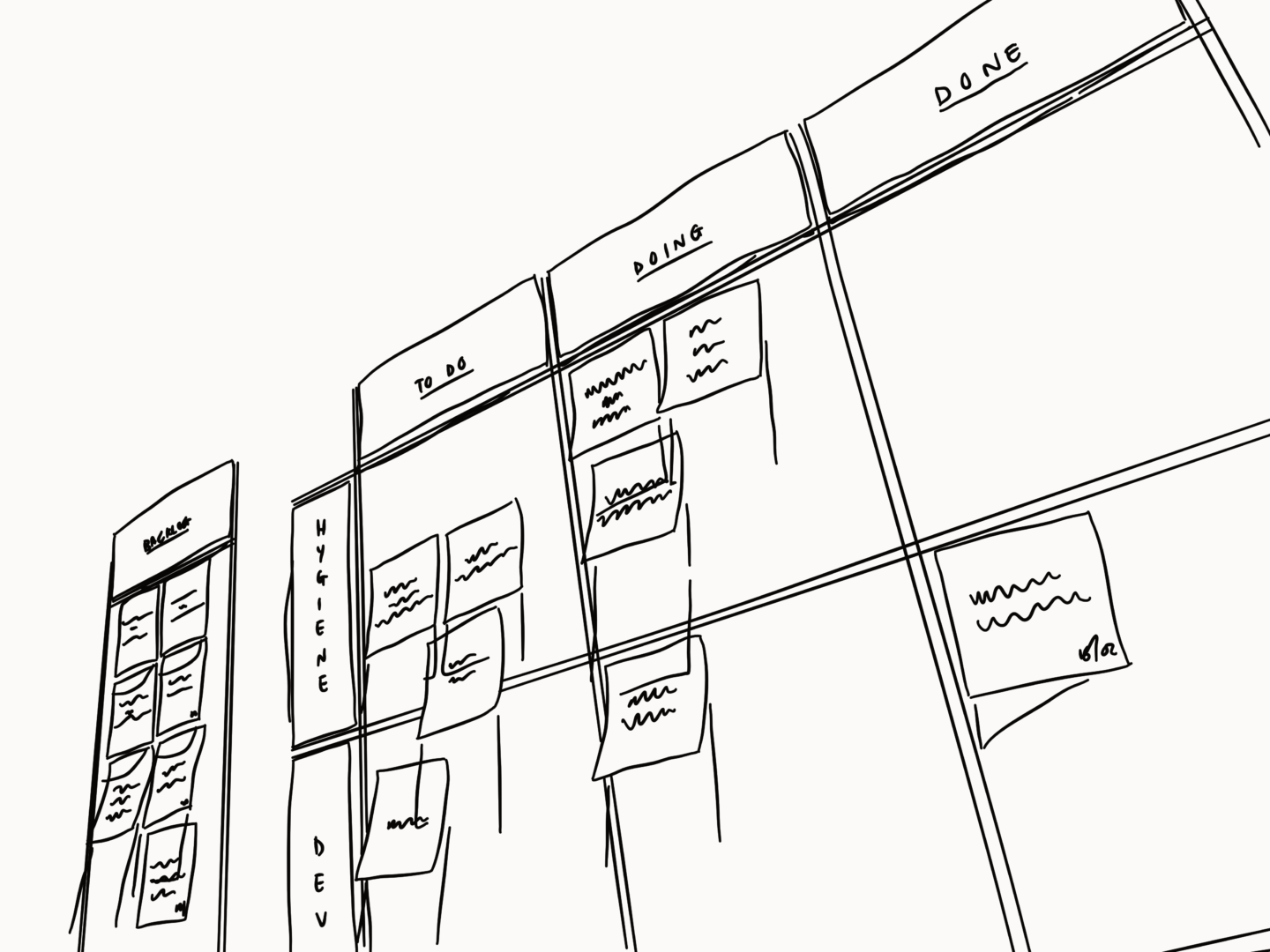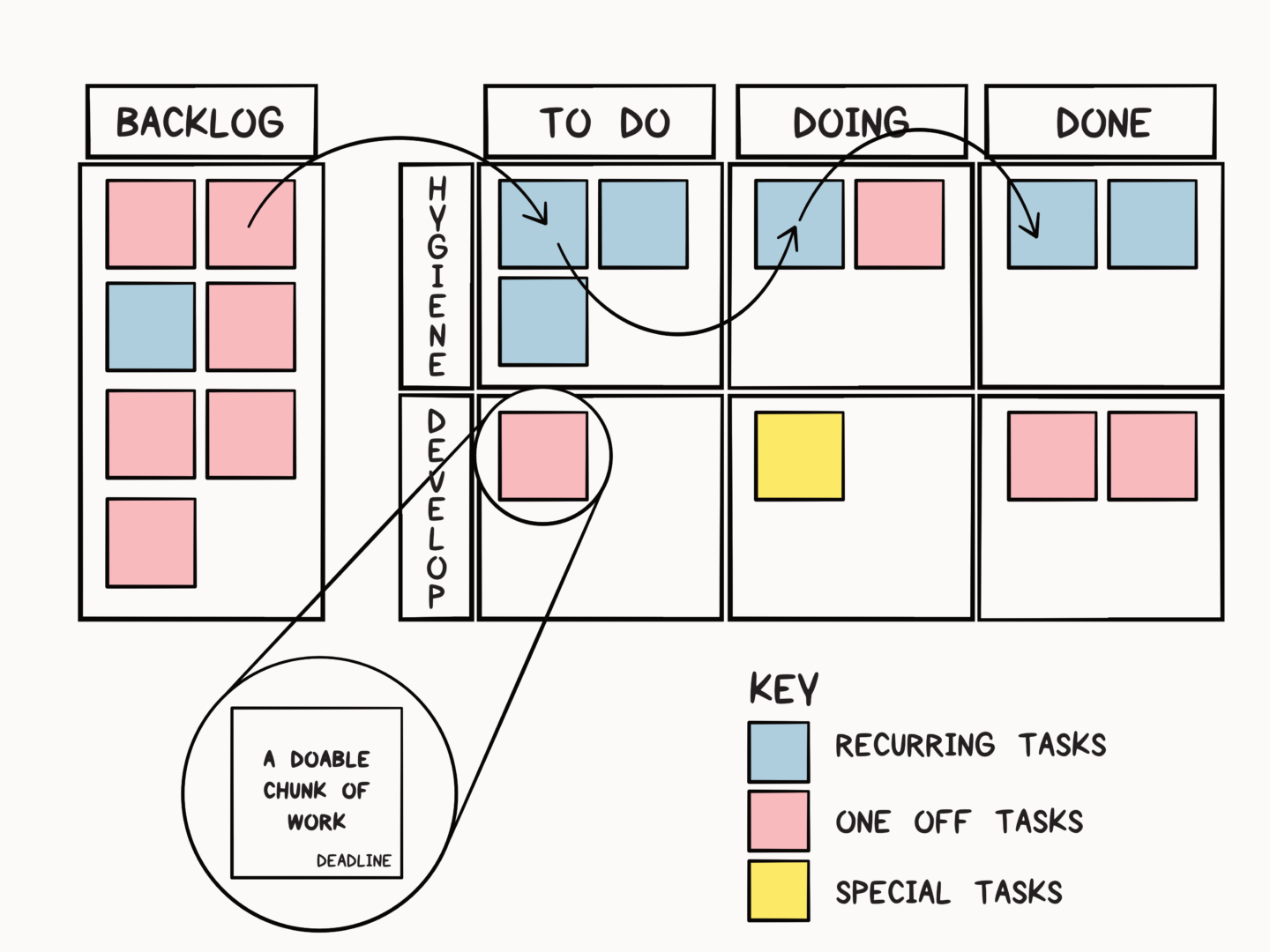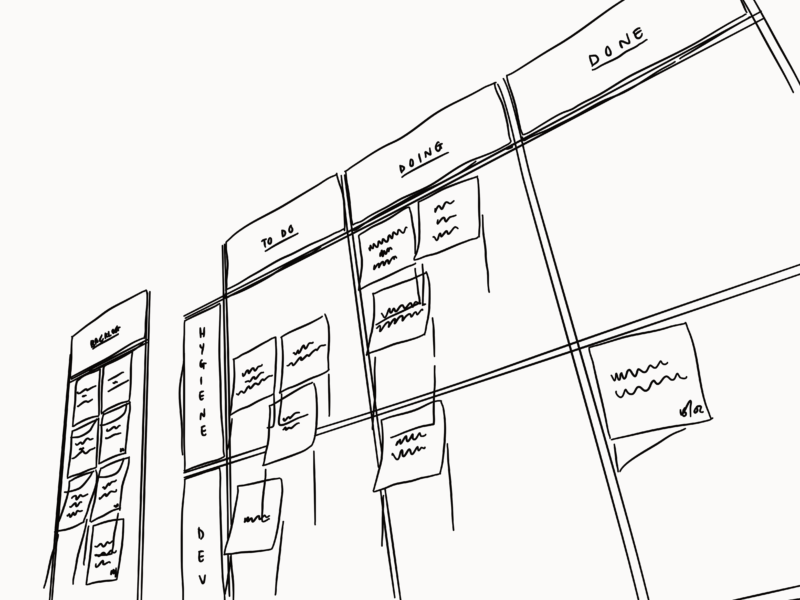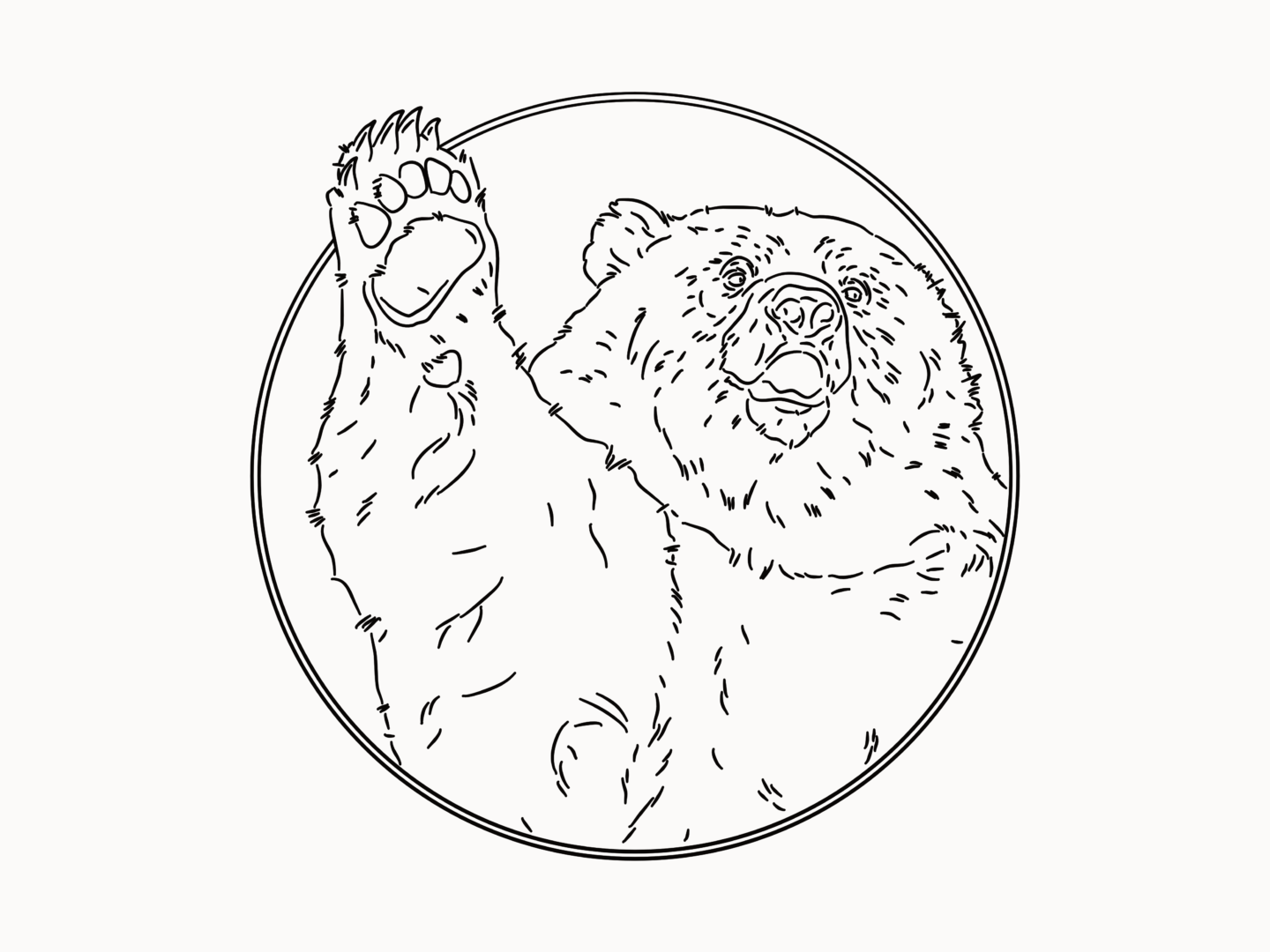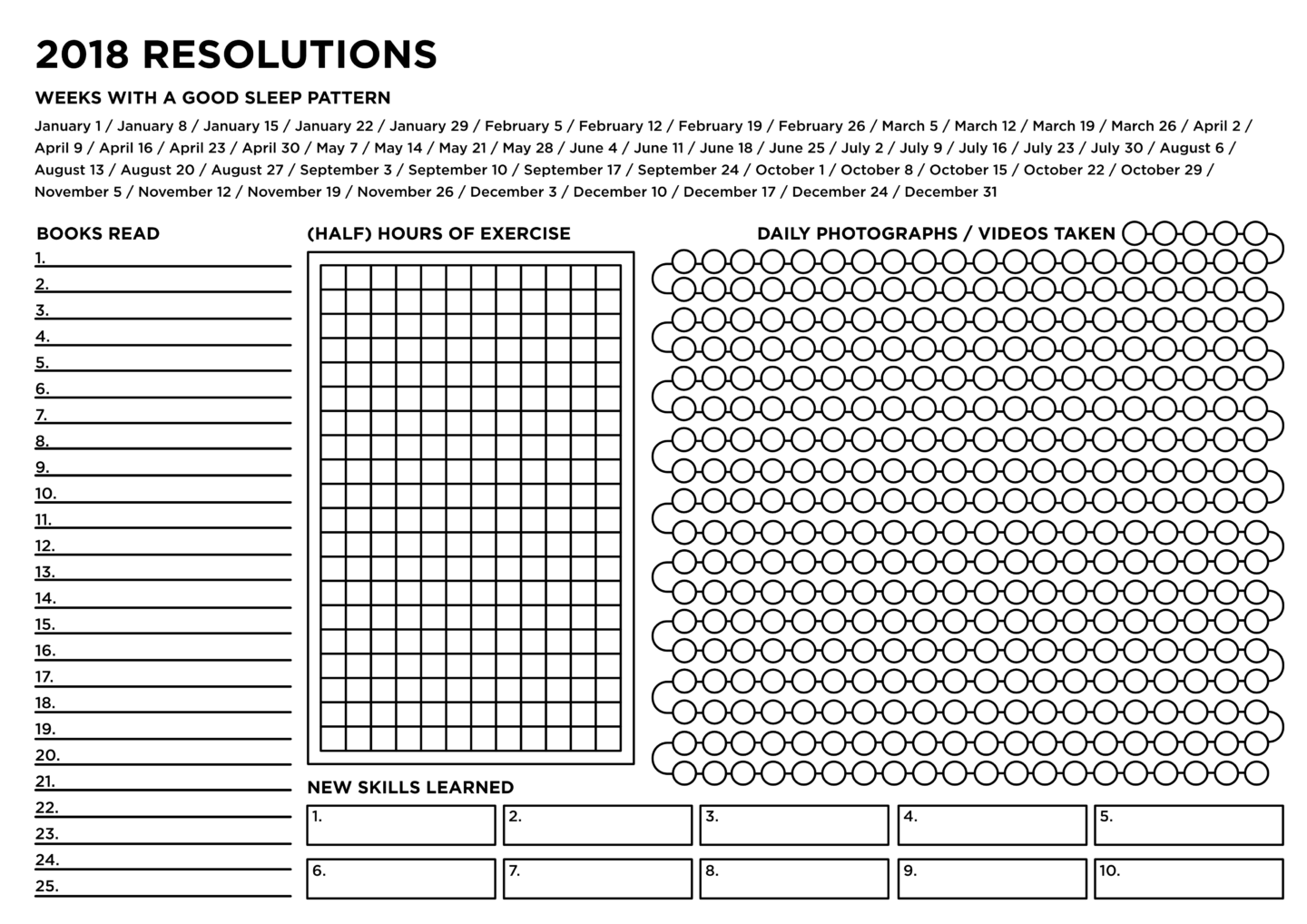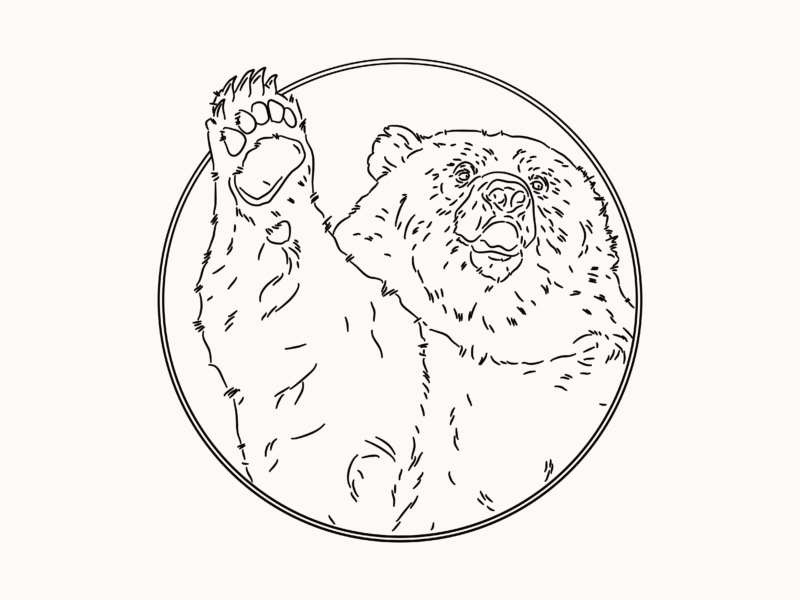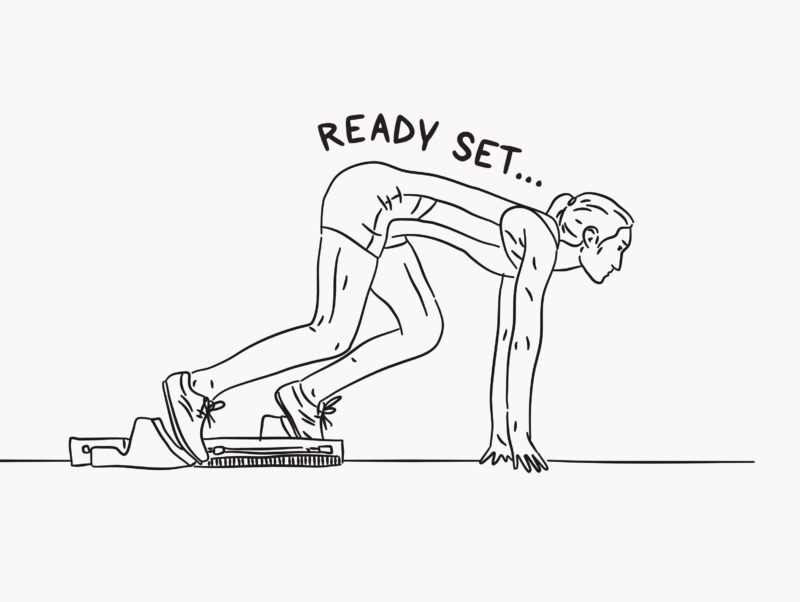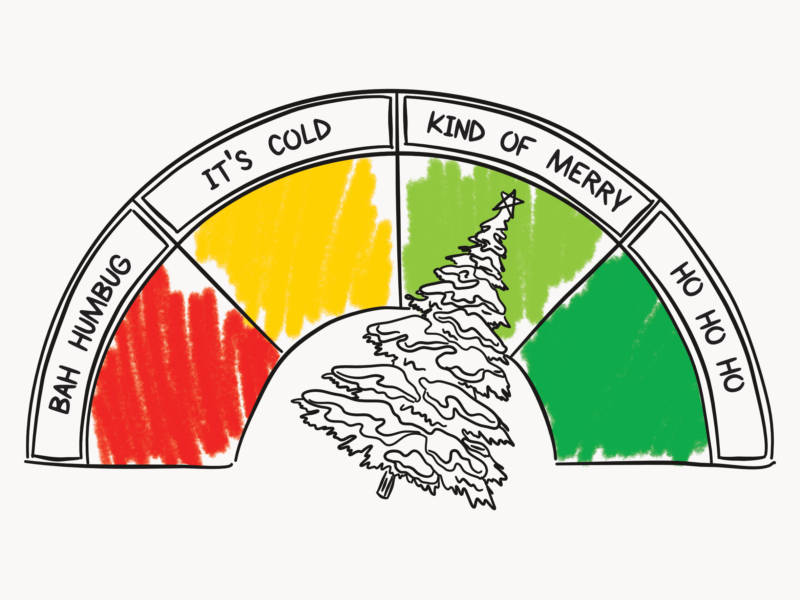So, at the start of the year I announced a few changes that you’re going to see coming into play throughout the next few months on this blog and also in my work more generally.
I’ve made those changes because in 2018 I want to really find some more focus in my work. I feel like last year I laid a lot of groundwork, I got my hands dirty, but in order to grow I need a focus to grow towards. In order to achieve a goal you need to know what that goal is*. That meant doing some serious thinking at the start of this year.
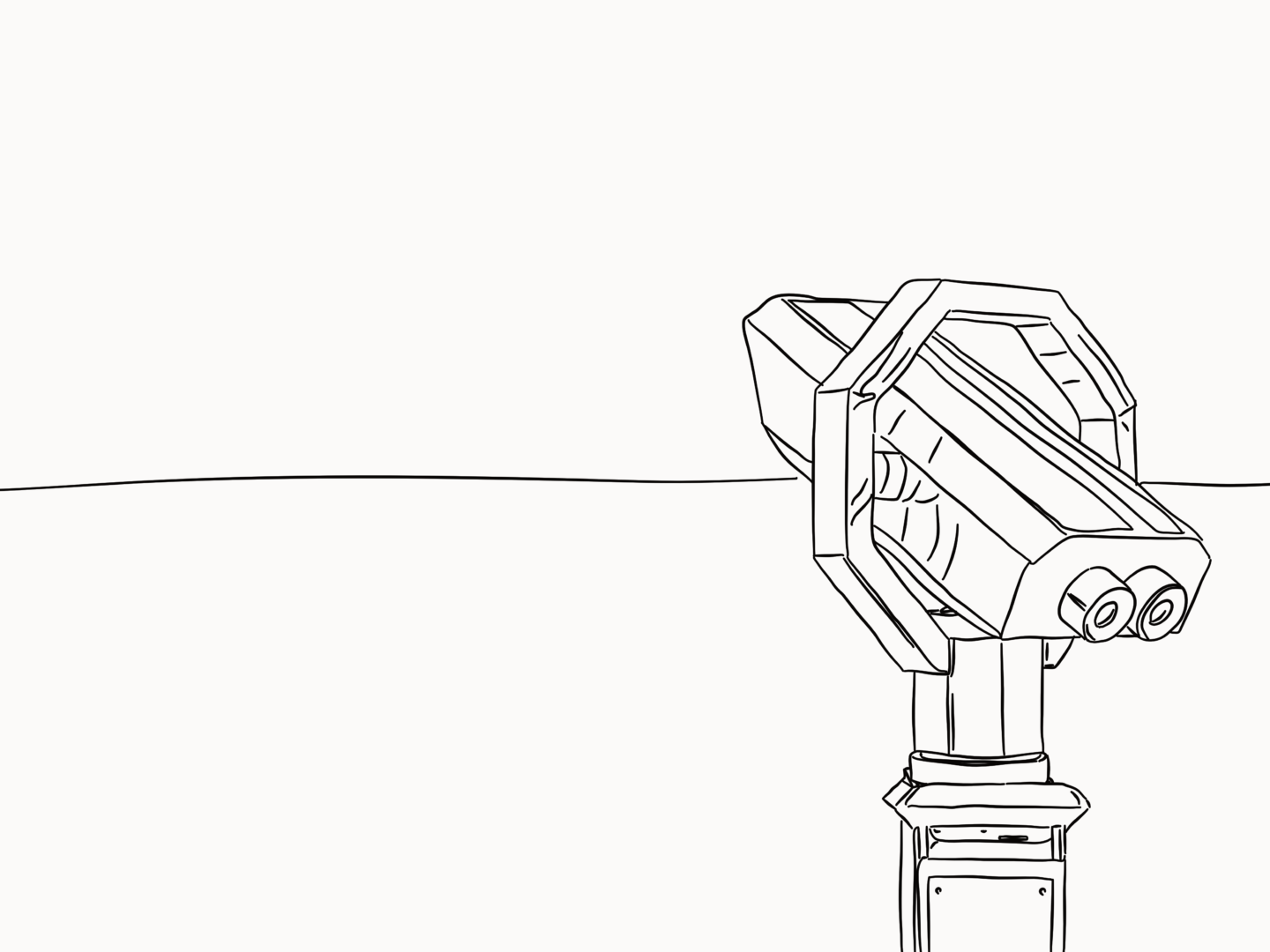
Having a focus or purpose behind your work is often described as this moment of divine inspiration. You just need to “find your niche” or “follow your passion”. For me at least, it hasn’t been that simple. I’m interested in lots of things, and I don’t know that I have an automatic “niche” especially within my non-blog work.
So, I decided to set myself some homework, in the same way that I would for a client. Now that I’ve done it myself, and seen what works, I thought I’d share it with you in case anyone else hasn’t had their purpose just leap out and grab them, or if you just want to have a bit of a refresh and remind yourself what it is you’re trying to do.
I wrote out the 8 questions below out on cue cards and did my best to answer them. I used cue cards to give me something physical to work on because I always like to have a tangible outcome. Using individual cards also meant I could switch around the order, and answer the ones I knew first and then move onto the harder ones. I divided my cards down the middle so I could answer the questions for the blog and my personal work separately, but you could also go with a project per set of cards.
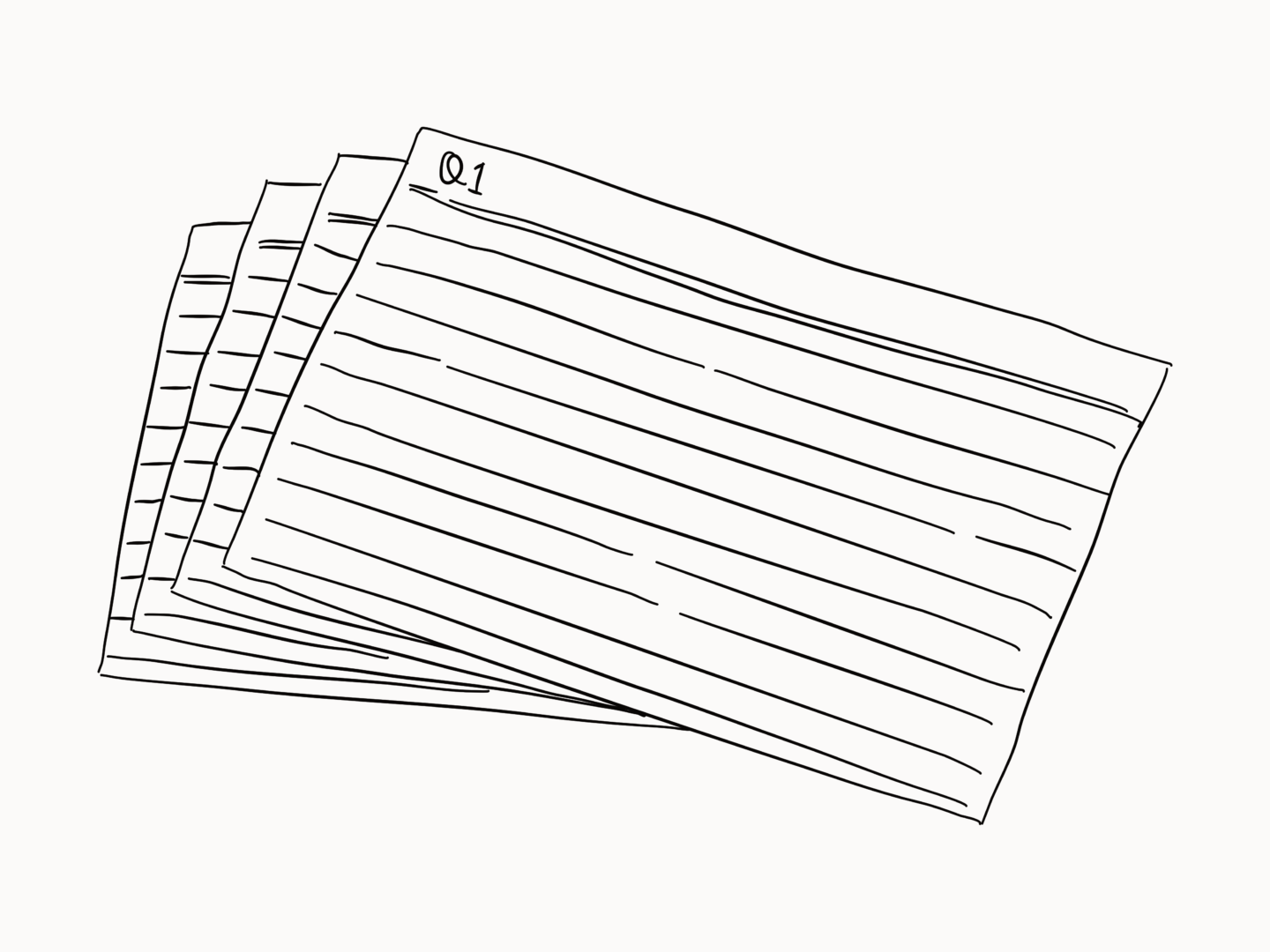
While they’re only simple questions, don’t be fooled into thinking that answering them is a quick or easy task. It took me a good chunk of time to work out what the best answer to each one of them was.
I’ve put my answers below each of the questions to give you a bit of an idea as to how you might answer, and to keep me honest.
1. What do I want to get out of this?
- Share my learnings and encourage others to pursue their creative interests
- Establish myself as a thought leader around design, creativity and productivity
- Add depth/credibility to my design and illustration practice
2. Who is my audience?
- Essentially people like me
- People interested in learning more about design/creativity
- Young professional women mostly
3. How do I want my work to make people feel?
- Informed
- Empowered
- Like they have a slightly different take on the world around them
4. What can I offer?
- Illustrated blog posts – something more editorial compared to a lot of lifestyle blogs
- Insight into my dual roles
- My experience as a junior illustrator/service designer
- Researched editorial content – use my English degree
- Curation of the wild web
5. What are my core values?
- Honesty
- Consideration – work that’s thoughtful
- Inclusivity
6. What is the personality of my work?
- Credible
- Friendly
- Straightforward
7. How do I want my work to be known?
- As smart and good to look at
8. Can you sum that all up succinctly?
I want to create work that’s considered and well easy on the eye, which encourages people to see design in the world around them.
Now that I’ve put some work into finding a focus for my work. I’m going to try and anchor everything I do to that purpose, because it’s a big one. So, every blog post I write, every time I take on some work around this platform, every time I start to think about a new social media series I’m going to ask myself how does this link to my mission statement?
I might even pin it up in massive lettering above my desk so I can’t avoid it.
*By the way, in all of this it’s also 100% okay if your end goal in your blogging or creative outlet is just to have fun. In fact, it’s super useful to identify that, so you can use it as a reminder not to take on anything you’re not going to have fun doing or get something enjoyable out of at the end.


